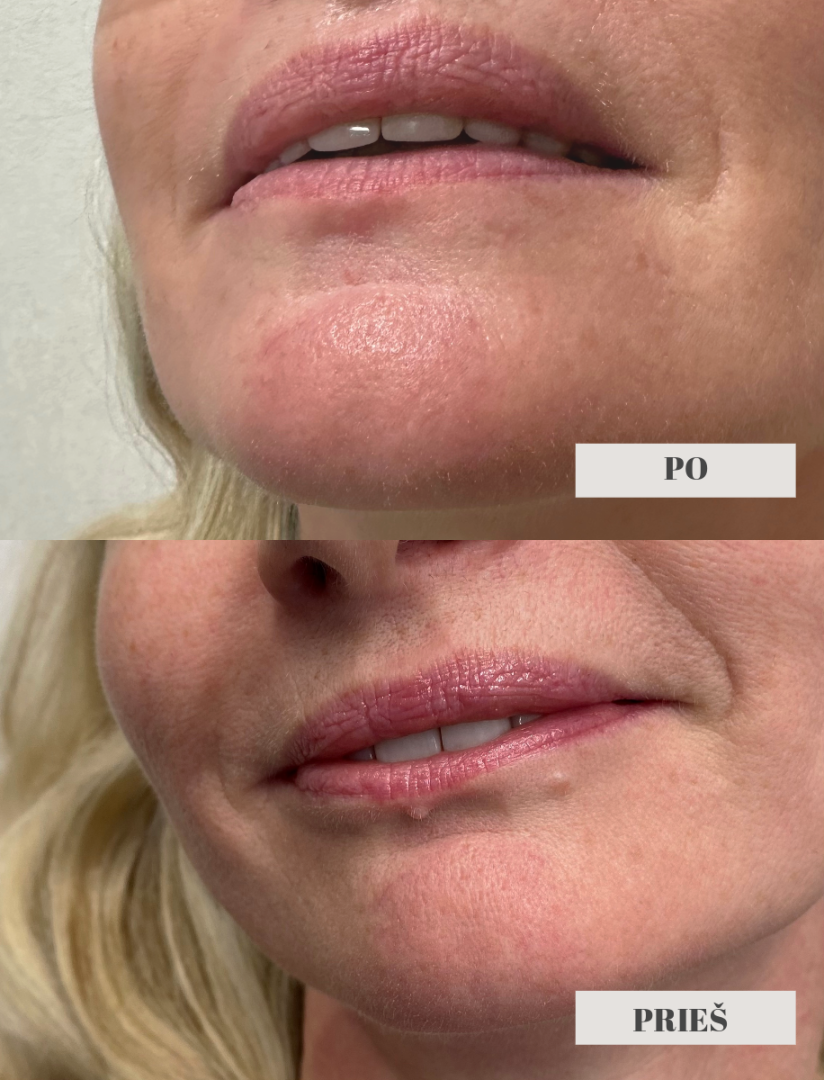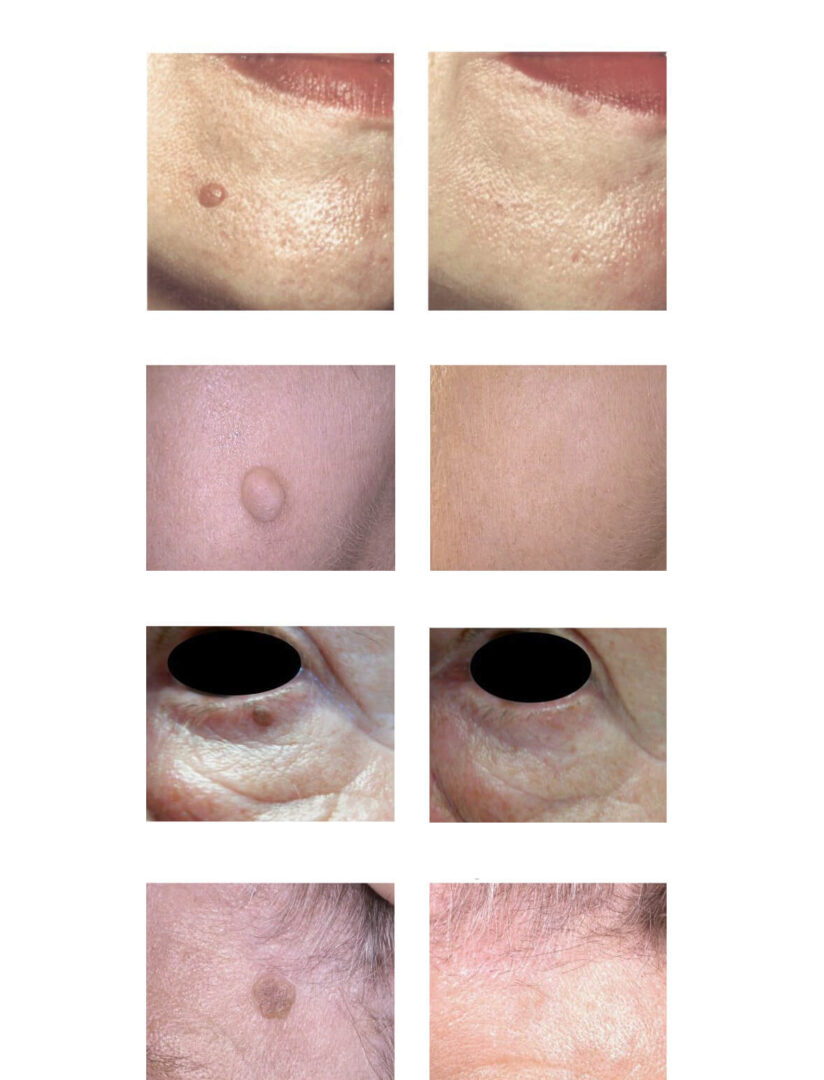Laser wart removal
Warts are greyish, yellowish, or skin-coloured growths on the skin caused by the human papillomavirus. Warts can cause unwanted aesthetic discomfort.
There are several types of warts:
- Common warts: most commonly formations on the skin of the fingers and toes, with a rough, greyish, squamous surface. They can also be present on other areas of the skin.
- Plantar warts: found on the palms of the hands or soles. They differ from other warts in that they grow deeper into the skin, unlike other types of warts that protrude above the skin.
- Flat warts have a flat, smooth yellowish or reddish surface. They are commonly found on the face, on the dorsal surface of the hands and on the skin of the thighs.
- Seam warts: resemble a skin-coloured thread-like growth and are commonly found on the face (around the mouth, nose, chin).
- Hairy warts: i.e. warts that grow around the fingernails and toenails, can resemble cauliflower, can be painful and in some cases even damage the growth of the nail.
- Genital (anogenital) warts: a sexually transmitted infection characterised by skin-coloured soft growths in the genital area.
Usually warts are benign growths and their removal does not cause any problems. The good news is, that thanks to one of the most powerful lasers in the world – “Lumenis AcuPulse” and unique “SuperPulse” technology, removing moles is a completely simple and fast procedure! “Sapiegos Clinic” is the only private clinic in Lithuania that performs the removal of nevi with the “Lumenis AcuPulse: CO2 laser, which is appraised by a dermatological professionals as dermatological “Ferrari”.


About the procedure
The dermatological CO2 laser remains the gold standard for the removal of skin lesions, replacing the need for a scalpel. This laser is not only suitable for the removal of moles, warts, papilloma’s, keratoses and other benign skin growths, but also for the treatment of skin defects and scars corrections.
The CO2 laser takes its name from the carbon dioxide gas that fills the laser’s optical medium. The laser emits an invisible beam of 10,600 nm which is best absorbed by water. Since 70-90% of our cells and intercellular fluid is made up of water, this laser heats tissues to a temperature of 100 ℃, thus evaporating the water out of the affected skin structures and can safely and gradually remove the lesion. In addition, this device has a bleeding-stopping effect, which makes the procedure shorter and safer, and ensures a faster healing process.
Laser removal of acne has shown astonishing results, with approximately 95% of cases leaving no marks or scars and only the 5% leave slight skin changes. Laser removal of birthmarks takes a very short time, often even without the need for painkillers. This innovative laser, in comparison to traditional methods of mole removal – is a huge leap forward, which doesn’t require stitches to fix the wound, excludes often re-bandaging, and offers shorter recovery time.Laser wart removal at “Sapiegos Clinic” avoids all these problems by using only a patch and antibacterial ointment.
To achieve the highest standards, “Sapiegos Clinic” uses several laser technologies for effective results. Another technology is the German “Erbium:Yag Asclepion MCL1 Dermablate” laser, which has an ablative principle.
Am I a suitable candidate?
If you notice warts on your skin that bother you for aesthetic or psychological reasons, then you are the right candidate for this procedure. It is important to remember that warts are a viral disease, so partial or complete recurrence of the wart (recurrence in the same areas) is possible, in which case additional laser treatment is required after a set period. If you have any questions or doubts, doctors dermatovenereologists specialized in oncology working at Sapiegos Clinic are always ready to professionally advise, examine and recommend the best treatment for your case.


Why choose?
- Effective treatments with the “Lumenis AcuPulse” CO2 laser, one of the most powerful and fastest CO2 lasers in the world.
- The treatments are carried out by professional doctors specialising in dermato-oncology.
- A quick and painless procedure. Minimal thermal intervention. Easy healing period.
- Avoids the risk of viral infection and new warts.
- Excellent aesthetic results.
-
Before the procedure
-
During the procedure
-
After the procedure
Prices
Laser removal of warts, molluscs and condylomas (1 pc.)
79 €
Removal of multiple derivatives (warts, molluscs and condylomas) up to 10 pcs.
299 €
Removal of multiple derivatives (warts, molluscs and condylomas) from 10 up to 20 pcs.
349 €
Laser removal of a mole or other growth > 1 cm
99 €
Dermatologist's consultation, local anesthesia, care after the procedure, home care set
49 €